Outside the classroom
Learning in history should not only take place in the classroom. Making use of the built and landscape environment can be an integral part of learning and progression in history, whether through a visit to a historic site, surveying of the landscape to find historical clues, or forming a human timeline across the school field.
Sort by:
Date (Newest first) | Title A-Z
Show:
All |
Articles |
Podcasts |
Multipage Articles
-

Learning Outside the Classroom
ArticleClick to view -
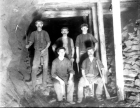
Local history and a sense of identity
ArticleClick to view -

Making use of outstanding resources in museums
ArticleClick to view -
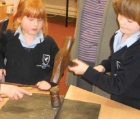
Museums: Entries to Learning
ArticleClick to view -
One of my favourite history places: Fulham Palace
ArticleClick to view -

One of my favourite history places: Studland Village
ArticleClick to view -

Our Iron Age challenge
ArticleClick to view -

Place-names and the National Curriculum for History
ArticleClick to view -
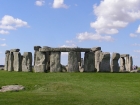
Stone Age to Iron Age - overview and depth
ArticleClick to view -
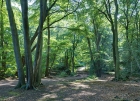
TREE-mendous history!
ArticleClick to view -
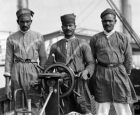
Teaching diversity through drama
ArticleClick to view -
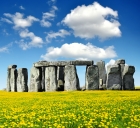
Teaching pre-history outside the classroom
ArticleClick to view -
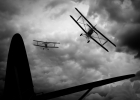
Teaching the First World War in the primary school
ArticleClick to view -

The 2014 History National Curriculum: how to get the best from heritage
ArticleClick to view -
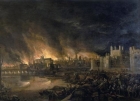
The Great Fire of London and the National Curriculum
ArticleClick to view -

The History around us: Local history
ArticleClick to view -

The world on the wall: exploring diversity on Hadrian's Wall
ArticleClick to view -

Urban spaces near you
ArticleClick to view -

Using museums, libraries and art galleries
ArticleClick to view -

War memorials as a local history resource
ArticleClick to view

